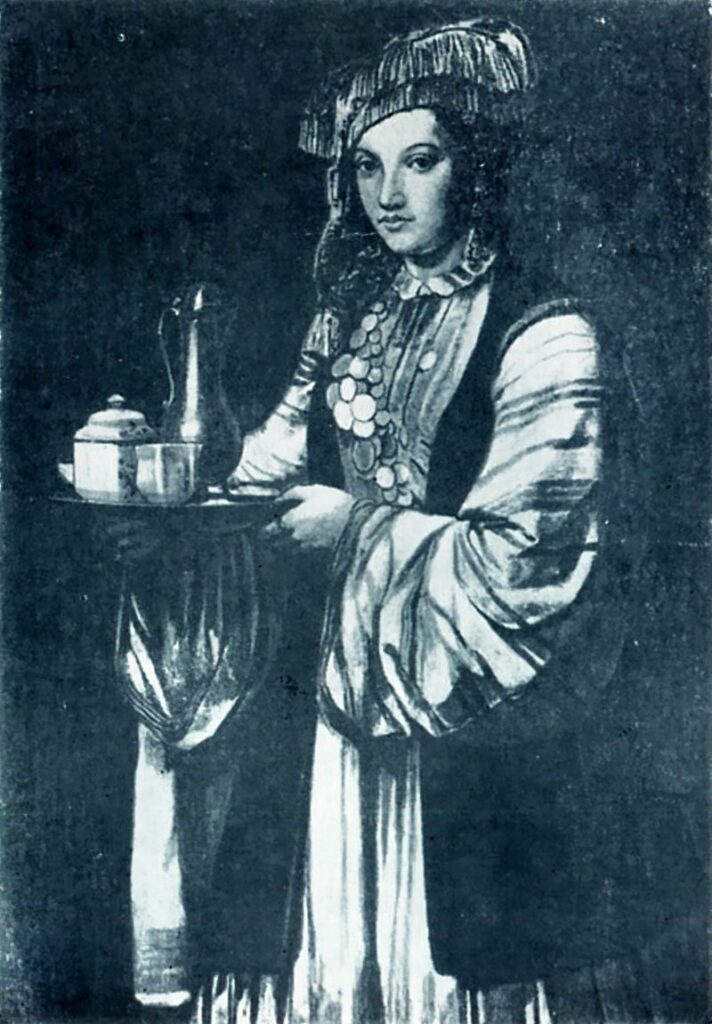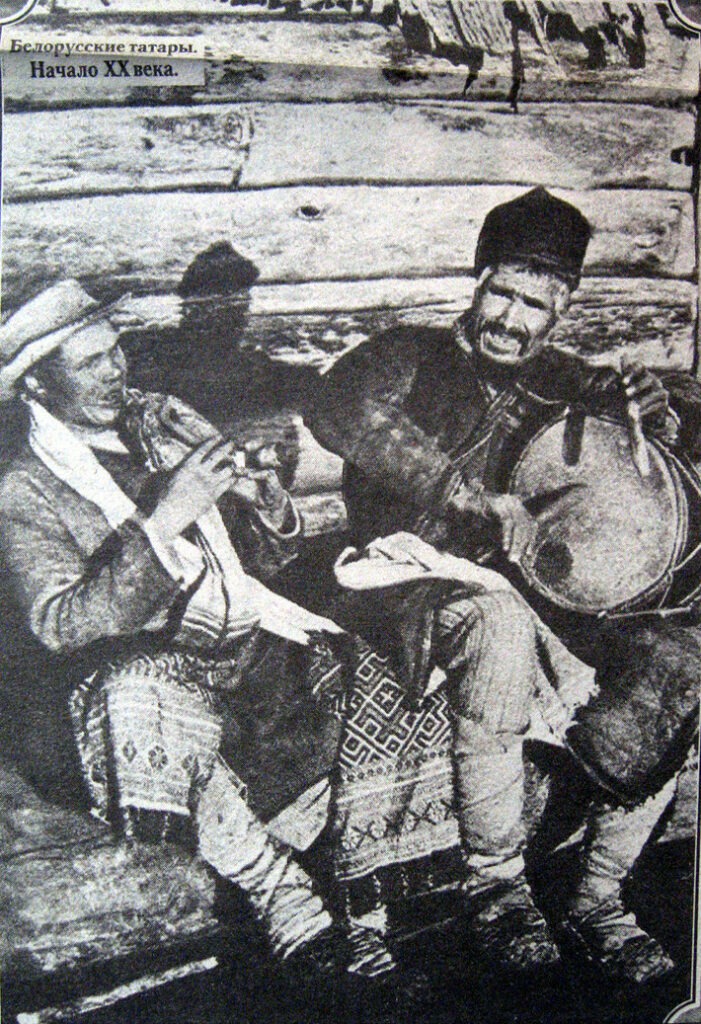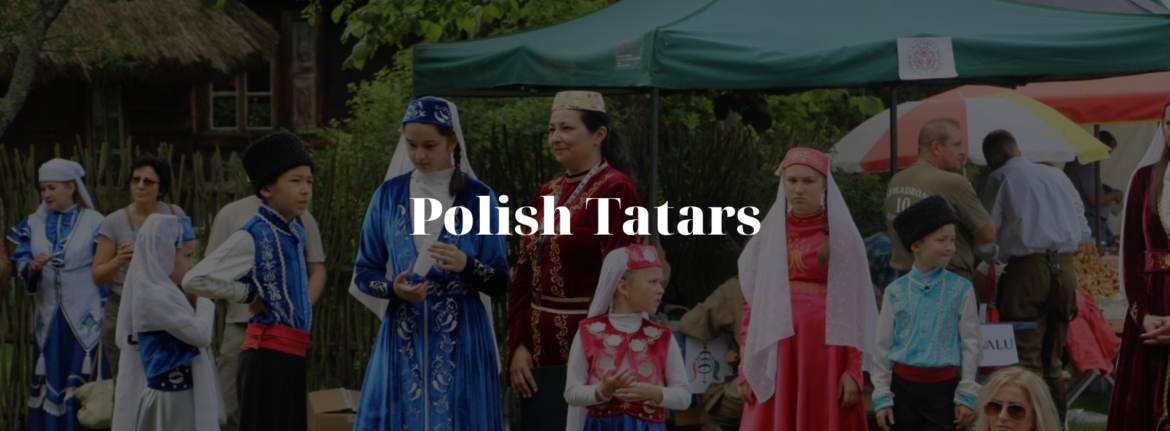The Polish Tatars are a unique and resilient community, with a legacy stretching back over 600 years. Known for their distinct traditions, language, and religious customs, the Tatars in Poland represent a rich blend of cultures, influenced by their Islamic faith and deep connection to Polish society. Today, the Tatars maintain their unique cultural identity in Poland’s northeastern regions, where they have preserved their heritage while contributing to the broader Polish cultural tapestry.
Historical Roots: From the Steppe to the Polish-Lithuanian Commonwealth
The origins of the Tatars in Poland trace back to the 14th century, when they arrived as part of the Golden Horde, a Mongol-Tatar state that ruled parts of Eastern Europe and Asia. As conflicts and political alliances shifted, Tatar groups settled in the Grand Duchy of Lithuania, eventually becoming part of the Polish-Lithuanian Commonwealth. These settlers, primarily warriors and mercenaries, were granted land and privileges in exchange for military service. Unlike other Muslim communities in Europe, the Tatars in Poland and Lithuania enjoyed relative freedom to practice their faith, giving rise to a uniquely Polish Tatar culture.

The community prospered in towns like Kruszyniany and Bohoniki, which remain the cultural heart of Polish Tatar life today. Here, they built mosques and developed a Tatar-Polish identity that blended Islamic practices with local customs. Although they held on to their religious traditions, Tatars in Poland gradually integrated into the social and cultural landscape of the Commonwealth, creating a unique blend of Tatar, Polish, and Lithuanian influences.
Religion and Spiritual Practices: A Distinct Polish Islam
Polish Tatars are among the few Muslim communities in predominantly Catholic Poland, practicing Sunni Islam with customs and traditions that have adapted to their Polish environment. Over centuries, the Tatars developed their own interpretation of Islam, incorporating elements of Polish language and culture into religious practice. For example, Tatar religious texts were often written in Arabic script but used the Polish language, creating a hybrid tradition that is still valued today.
The mosques in Kruszyniany and Bohoniki, some of the oldest in Poland, reflect the deep-rooted religious heritage of the Tatars. These wooden mosques are architectural treasures, distinct from typical Islamic architecture but deeply symbolic of Tatar identity in Poland. Tatars also celebrate Islamic holidays like Eid al-Fitr and Eid al-Adha, yet they’ve integrated uniquely Polish customs into their observances, creating a syncretic approach to faith that bridges their Islamic heritage with local traditions.
Language and Literature: A Fusion of Tatar and Polish
Historically, Polish Tatars spoke a Turkic dialect, though they gradually adopted Polish as their primary language. Some older Tatar families retain linguistic elements from their ancestors, including loanwords and expressions, but the community primarily speaks Polish today. This linguistic shift has not diminished their cultural uniqueness; rather, it illustrates the Tatars’ adaptability and integration into Polish society while maintaining their heritage.
Tatar literature in Poland often takes the form of religious texts and chronicles written in Polish, Arabic, and a Turkic language hybrid. These texts include prayer books, stories, and Tatar chronicles that offer insights into the history and values of the community. Literary works often highlight themes of loyalty, faith, and family, capturing the essence of Tatar identity and its evolution over the centuries.
Cuisine: Tatar Flavours in Polish Dishes
Polish Tatar cuisine is a distinct blend of Middle Eastern and Eastern European flavours, reflecting the Tatars’ Turkic roots and Polish influences. Traditional dishes include pierekaczewnik, a layered meat pie prepared for holidays and special occasions. This complex dish, made with thin layers of dough, meat, and seasoning, exemplifies the care and tradition embedded in Tatar cooking.
Other Tatar dishes that have found their way into Polish cuisine include kołduny (dumplings filled with lamb or beef) and czebureki, a fried pastry filled with meat, popularised by the Tatar community and enjoyed by many Poles today. These foods reflect the nomadic roots of the Tatars and are rich in spices and hearty ingredients, providing sustenance for long journeys or cold winters. Through their cuisine, the Tatars have introduced Poles to flavours and ingredients from the East, creating a culinary legacy that is still celebrated and enjoyed.
Festivals and Traditions: Celebrating Tatar Heritage
The Tatar community in Poland preserves its heritage through festivals, family gatherings, and community events that bring Tatars together from across the country. The annual Sabantuy festival, rooted in Tatar tradition, is one of the most prominent celebrations, featuring traditional games, music, and dance. Originally an agricultural festival, Sabantuy reflects the Tatars’ historic connection to the land and is celebrated with enthusiasm in Poland’s Tatar communities.
Another unique Tatar tradition is the celebration of weddings, which incorporate Islamic rites with Polish customs. Tatar weddings are often a vibrant fusion of religious ceremony and folk celebration, with family feasts and the traditional wearing of kaftans, a type of Tatar robe. These events serve as a bridge between the past and present, allowing Tatars to share their culture with younger generations and the broader Polish community.
Art and Cultural Expressions: The Visual Identity of Polish Tatars
Polish Tatar art is primarily expressed through decorative elements in clothing, mosques, and textiles. Traditional Tatar attire, which is often worn during festivals and special occasions, includes embroidered robes, hats, and scarves that display intricate patterns and designs reminiscent of their Turkic heritage. These patterns often feature geometric shapes and floral motifs, symbolising themes of unity and faith within the Tatar community.

In addition to traditional clothing, Tatar visual art is visible in the décor of mosques and homes, where calligraphy, floral designs, and symbolic motifs adorn walls and furnishings. Tatar craftsmanship is also evident in jewellery and textile art, often handcrafted by skilled artisans who pass these techniques down through generations. Through these artistic expressions, Polish Tatars maintain a distinct visual identity that connects them with their ancestors and their Islamic heritage.
A Modern Tatar Community: Balancing Heritage and Integration
Today, the Polish Tatar community is small but resilient, with an estimated population of 3,000 to 5,000 individuals living primarily in northeastern Poland. Organisations like the Muslim Religious Union of Poland play a crucial role in preserving Tatar identity, offering religious services, cultural programmes, and community support to ensure that Tatar heritage remains vibrant in modern Poland.
While many Tatars have moved to urban areas or emigrated, those who remain in Tatar villages continue to uphold their traditions, blending their Islamic beliefs with a deep sense of Polish identity. Tatars in Poland are an example of successful cultural integration, showcasing how religious and cultural diversity can enrich a nation’s heritage. Through education, cultural festivals, and active community life, Tatars are passing their traditions to younger generations and fostering a sense of pride in their unique heritage.
In recent years, there has been a renewed interest in Tatar culture, both within and outside the community. The preservation of Tatar cemeteries, mosques, and historical sites has become a priority, attracting tourists and researchers alike. This interest underscores the broader recognition of Tatars as an essential part of Poland’s cultural landscape and a symbol of its multicultural past.
Enduring Legacy of Polish Tatars
The Polish Tatars embody a remarkable fusion of faith, tradition, and resilience. Their story is one of adaptation and preservation, revealing a community that has held steadfast to its roots while integrating into the fabric of Polish society. Through their religious practices, culinary heritage, and cultural celebrations, the Tatars have enriched Poland with a legacy that celebrates diversity and historical continuity. Today, as Polish Tatars carry their traditions forward, they continue to be a testament to the power of heritage and the strength of cultural identity in modern Poland.
